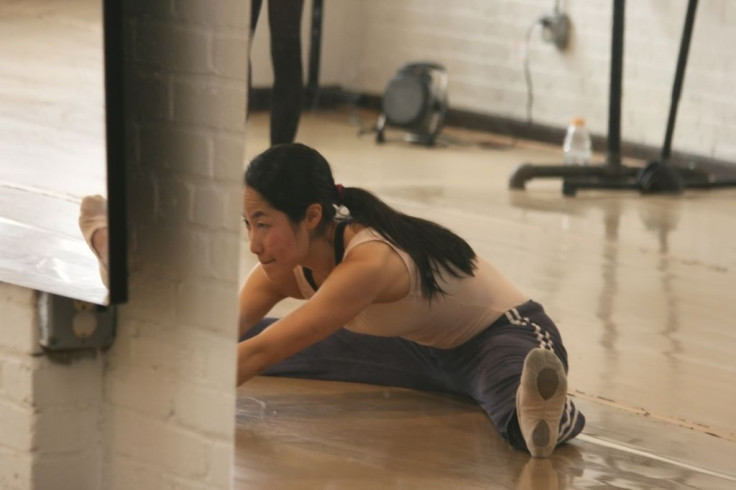The Importance Of Muscle Recovery: Stretch To Avoid Exercise Injuries And Achieve Optimal Fitness

Working out, eating right, and sleeping are all important to maintaining optimal health, but one important factor that’s often overlooked is recovery. From foam rollers to yoga, there are many ways to recover, but an often-missed opportunity is stretching. In a paper recently published in Applied Physiology, Nutrition, and Metabolism, researchers describe how static stretching — once considered ineffective — may be just as effective as other forms of stretching.
A form of stretching when the body is at rest, static stretching was widely popular from the 1960s to the 1990s. During this time period, it was recommended as a method to prevent injury and increase a person’s range of motion. This way of thinking changed during the late 1990s into the late 2000s; it was seen as detrimental to a good workout. While it may not have been good for everyone, the new study found static stretching, along with two other types of stretching benefited people’s physical health.
The two other types of stretching the paper explored were proprioceptive neuromuscular facilitation (PNF) stretching and dynamic stretching. The first involves positioning the muscles so they’re stretched and tense, and then contracting the muscle while another force resists to inhibit movement. The second is more of an active stretch, in which controlled movements loosen up the body.
The study found all three stretches could improve range of motion when done correctly for at least 30 minutes — although PNF stretching worked best for this — as well as reduce muscle and tendon stiffness.
Rui Li, a certified personal trainer and owner of Cakefit, a boutique training service in New York City says d ynamic stretches before a workout can help prime the body for optimum movement efficiency. If your frontal hip muscles are tight, she told Medical Daily , “doing gentle rear lunges can open things up and make for a much improved workout.” (If you were wondering about PNF stretching, it should be done after a workout.)
Li also said it’s also important to identify which parts of the body need to be stretched. “A lot of people like the way certain stretches feel, but not every body part is supposed to be really flexible,” said Li. In that same vein, the researchers concluded their study by emphasizing that fitness and rehab instructors, as well as other professionals in the field, consider which stretches work best within their training routines.
"Many studies over the last 15 years did not include a full warm-up, something that most athletes do regularly. Many studies also tested stretches that were held much longer than what is typically done," said Dr. David Behm of the Memorial University of Newfoundland, in a press release. “Before incorporating new findings into your fitness activities, think about how the study applies to your situation and activities.”
Source: Behm D, Blazevich A , Kay A, McHugh M. Acute Effects of Muscle Stretching on Physical Performance, Range of Motion and Injury Incidence in Healthy Active Individuals. Applied Physiology, Nutrition, and Metabolism. 2015.



























